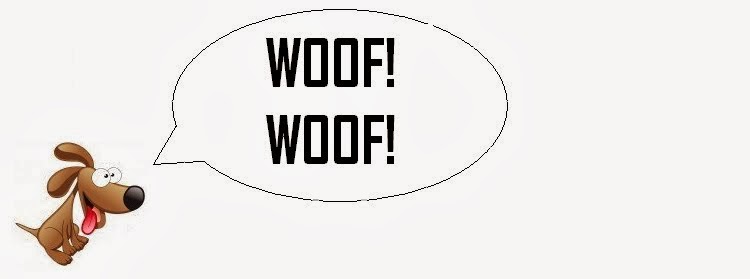Here we are going to explain how do we organize our project's lessons. It will last a month, so we had divided it in 4 aims, one for each week.
Week one: people in our neighbourhood.
All around the neighborhood there are many different kinds of people that do many different kinds of jobs. The first week of "My Neighborhood" month will help children identify and learn about many of these people and the important role that they play in the community. We would help children make connections to their own neighborhood by talking about all the different jobs in your community and the people that work there. Community helpers like teachers, postal workers, and firemen may be the most familiar, but we can also discuss what thier neighbors do and what we can do to help in the neighborhood. This is also a great opportunity to teach about diversity by discussing how people in their neighborhood are the same and different and how that makes the neighborhood special.
Week two: places in our neighbourhood.
This week of activities we are exploring the wonderful places around Egia. Based on our children's observation skills and using as reference the pictures they have taken around the district we are looking for the main buildings and places as sports center, library, park, supermarket, train station....We will talk about what offers each location and we will locate them in a map.
Week three: getting around the neighbourhood.
How do we get around our neighborhood? Do we walk, drive a car, or take the bus? Maybe children like to ride their bike or scooter. There are so many different ways to get around district and we can use public transportation or bike sidewalks to make moving around even easier. You can talk about the ways that their family travels in the neighborhood. Encourage them to share with others which mode of transportation is their favorite. They can make even try a new routes to get to familiar destination. Don't forget that getting around the neighborhood can be a way to exercise too. Run, jump, or ride your scooter to the park on a nice day.
Week four: communication with other class.
We would like to have conversations in english with other schools in Europe to improve our speaking skills and knowing their culture.
This week we are preparing a conversation to explain to another kindergarten class how is our district. It would be a simple sentence based conversation and it will be followed by a song. And to finish the conversation we would make some questions about their district.


